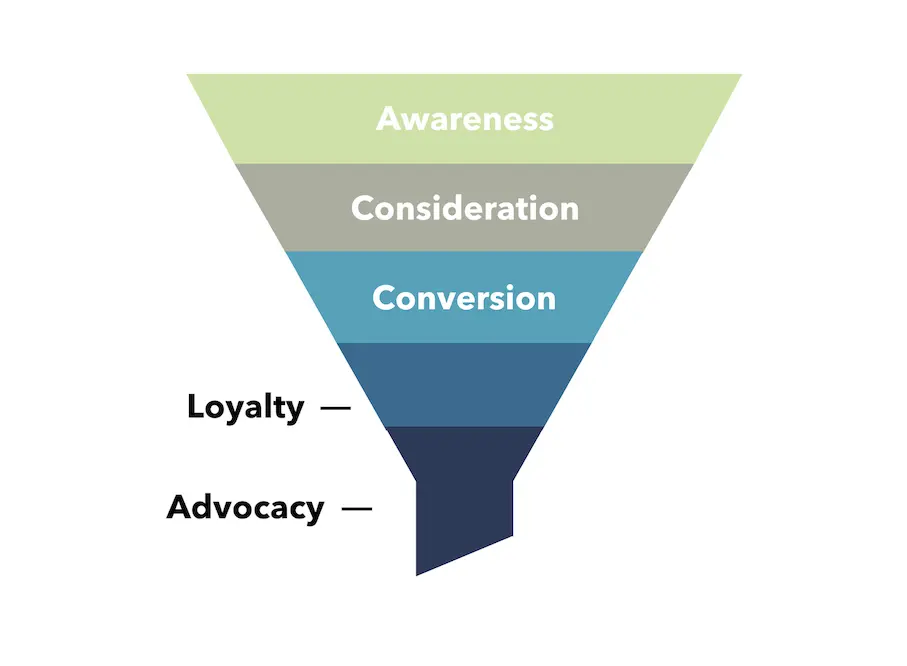Every business has a different marketing strategy based on their overall business goals — oftentimes it’s conversion, or maybe lead generation, or perhaps simply driving traffic to the website. We often see that businesses are eager to jump to their end goal. However, to get to this point, it’s essential to take a step back and consider the bigger picture.
According to Gartner, demand generation is a marketing strategy focused on building reliable brand awareness and interest, resulting in high-quality leads. This holistic approach is one way to build a successful marketing program guaranteed to produce results.
Let’s use a florist as an example. If you were to open a new business as a florist in downtown Boston, you’d be competing with all the existing florists that are already established in that market. Ahead of developing your marketing strategy, you would need to do some additional work to define your audience and plan your marketing content mix.
Define Your Audience
For a florist in a city, you may only be targeting a small radius around your business based on the population density. Just about any adult could be interested in buying flowers, however some things you can think about are:
- Which holidays can I market around?
- Are there certain local events that may prompt people to purchase flowers?
- Can I partner with other local businesses to promote my business? For example, local wedding shops, cake decorators, etc.?
Plan Your Marketing Content Mix
Regarding marketing content, you’ll need to consider which digital channels make the most sense for your business. Both organic posts and paid advertising would take place on these channels. For a florist, this might be:
- Facebook — local community groups are a great place to promote businesses
- Instagram —photos of bouquets would do well on this platform
- TikTok — another visual platform and you could incorporate local hashtags
- Pinterest —a visual platform where floral content would perform
- Email marketing — this could be an existing customer list
Traditional marketing is another aspect to consider. For a florist, it might be more important to incorporate this into the overall marketing strategy. Some types of traditional marketing content could look like:
- Flyers — flyers could be left in other local businesses like coffee shops, or exchanged with vendor partners like wedding cake decorators
- Post Cards — highly targeted post card advertising campaigns including a coupon could increase foot traffic to the store
- Newspaper or Magazine Ads — advertising in prime publications during certain times of year is essential for certain types of businesses
Now that you’re done planning, let’s move on to creating a successful demand generation strategy.

1. Develop Awareness
Now that we’ve defined the audience and the strategy, we must create a plan to develop awareness. Prioritize marketing activities that will get your brand out there, engage with your audience, and increase your reach. Awareness marketing will help your audience become familiar with your business and make them more receptive to future interactions, and more likely to convert in the future, according to Sprout Social. These types of content include:
- Post organic content on social media
- Encourage customer reviews
- Create videos about your business
- Write content to post on your blog
- Traditional PR efforts (need some help here? Reach out!)
For the florist, a successful awareness strategy might look like posting on Instagram and Facebook twice a week, filming a TikTok video weekly, and creating original content for Pinterest twice a month. Perhaps there’s a card attached to each receipt encouraging customer reviews on Google My Business by offering a 15% discount on the next floral arrangement for proof of a completed review. Then, the florist could write a monthly blog about seasonal flowers or how to make floral arrangements at home on their website — which the Pinterest content drives to.
2. Encourage Consideration
Once you’ve established brand awareness and engaged your audience, it’s time to encourage them to consider purchasing your product with a variety of marketing tactics. These types of tactics include:
- Paid advertising campaigns
- Developing product-specific landing pages
- Creating in-depth content: e-books, white papers, and webinars
At this stage, paid advertising campaigns are the next natural step to take. The florist might want to review performance on their organic social channels and try a couple of campaigns on the top-performing channels. Since florists garner much of their business from weddings, they may want to create a landing page specifically for that purpose and drive any traffic from wedding-specific advertising (hint: Pinterest) to that landing page.
3. Nurture Leads to Conversion
By this point, it’s likely that you’ve generated plenty of leads that have not yet converted (or purchased your product). This is when you nudge them to the point of decision with additional marketing activities like:
- Remarketing campaigns
- Email marketing
- Free demos
- Case studies
Email marketing and remarketing campaigns are both essential to converting leads. The florist could take their list of customer emails, or perhaps leads that they’ve obtained from website inquiries, events, etc., and send them bi-weekly emails about seasonal bouquets, promotions, and in-store events. Additionally, they could take the audience of website visitors who have not yet purchased a bouquet and advertise coupons to them with social media and display remarketing ads. It’s also essential to optimize your website for lead generation and ensure that it is in line with the marketing goals you have determined for your business. (Does your website need some work? We can help!)
The last two optional steps in a solid demand generation marketing strategy for your business are loyalty and advocacy — according to Accenture, in the United States, businesses lose up to $1.6 trillion per year due to poor customer retention. Incorporating a loyalty program into your business program that offers regular discounts and exclusive insights into your business can help with this issue. Additionally, regularly incorporating social sharing initiatives and gamification in campaigns can encourage customer advocacy for your brand.
At the end of the day, every business and industry is a little bit different, and always changing. The best thing you can do for your brand is to stay on top of marketing trends, and always be willing to try new strategies — you might be surprised by what works best for your business!
Need help vamping up your marketing strategy? Our team of experts are here to help. Reach out to us at connect@thebelfortgroup.com to get in touch today

